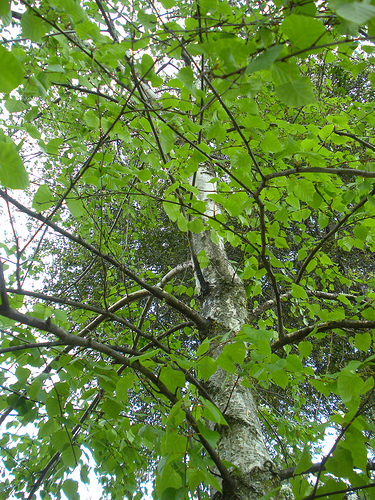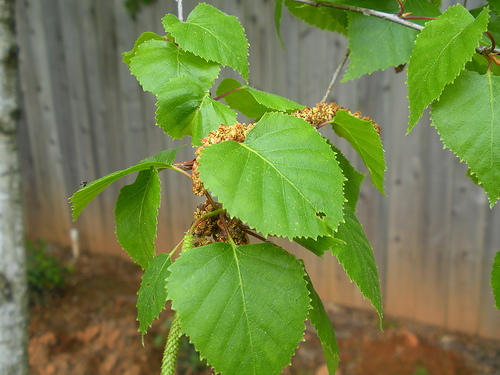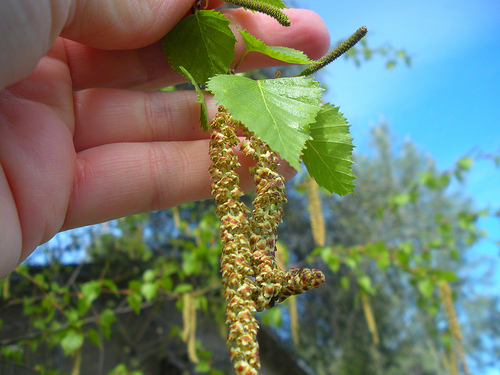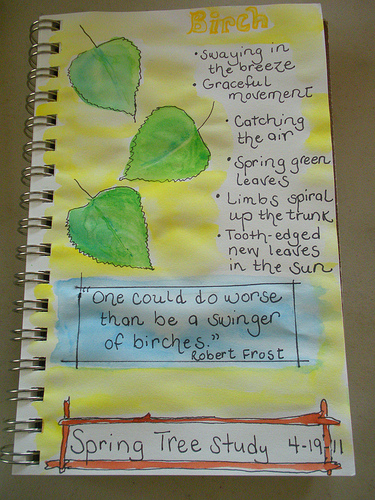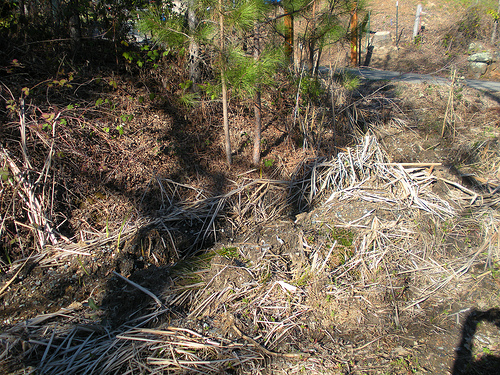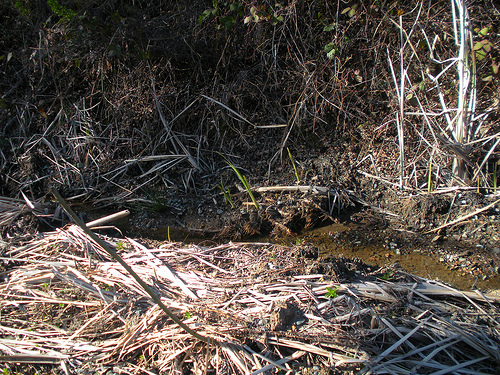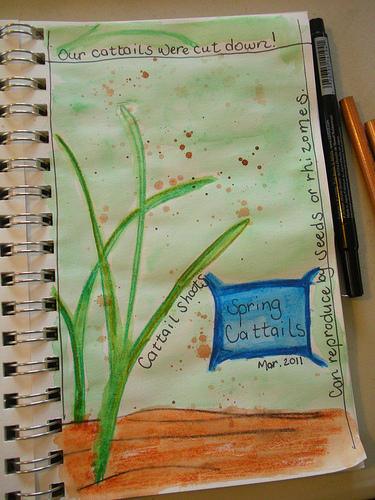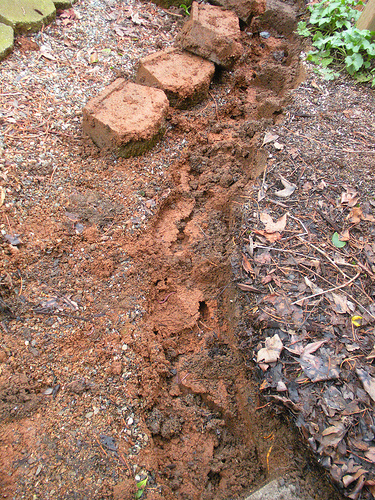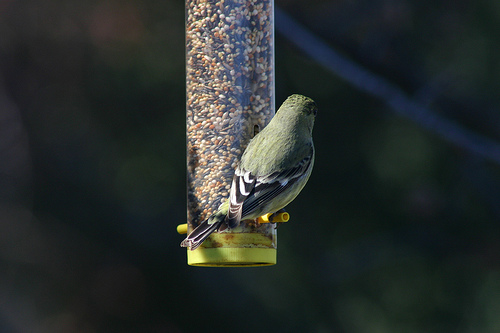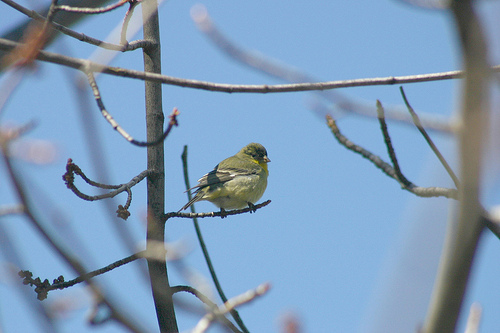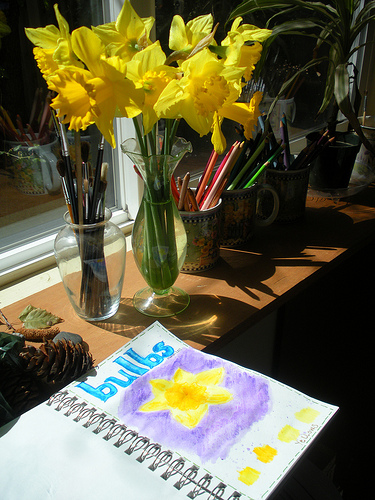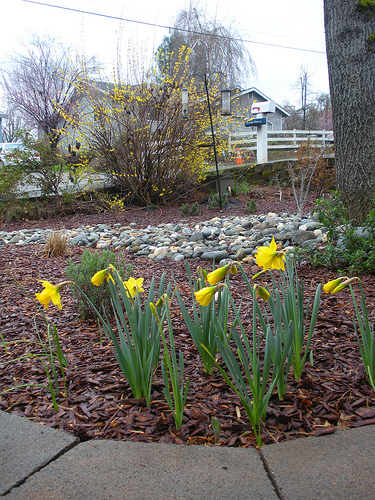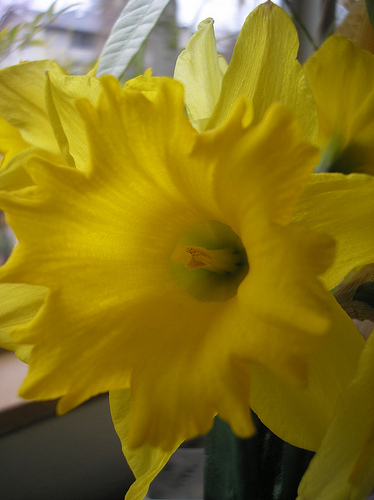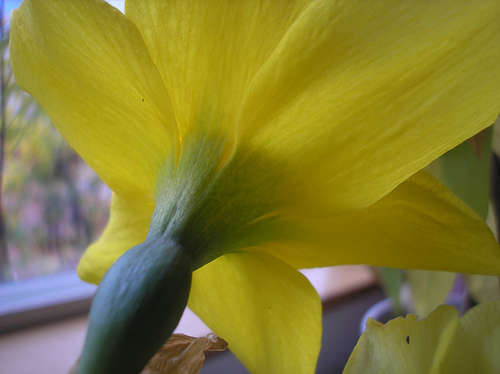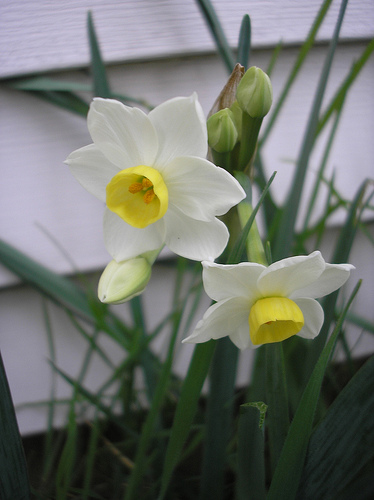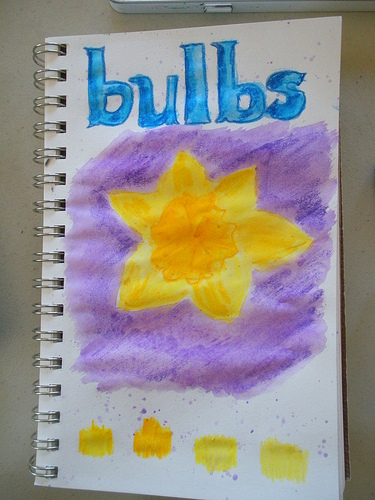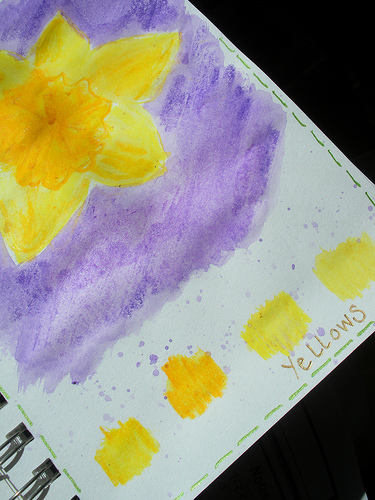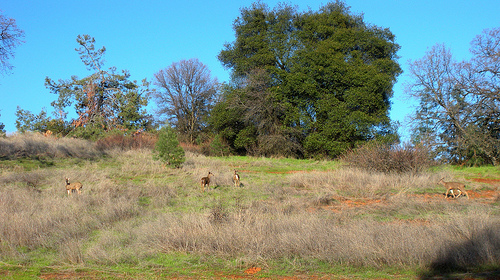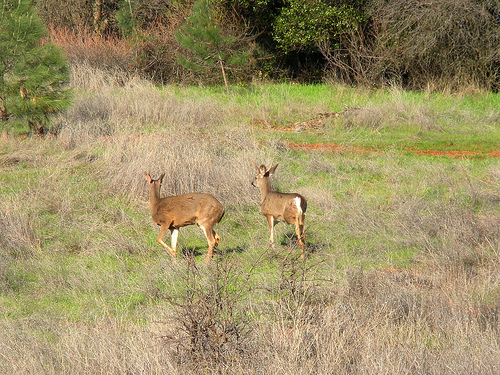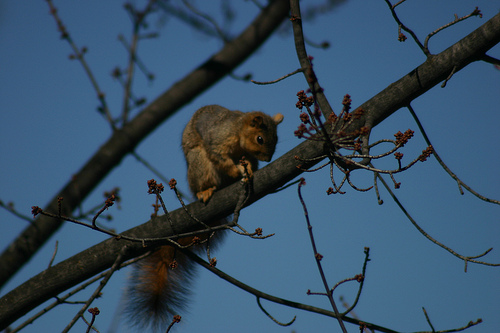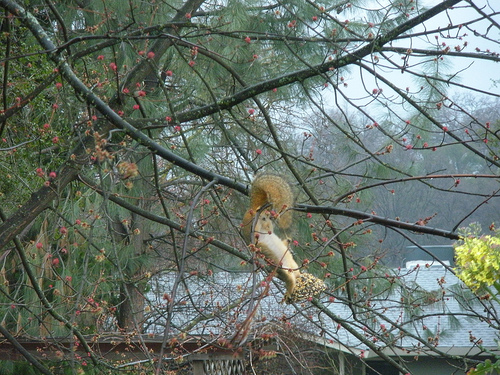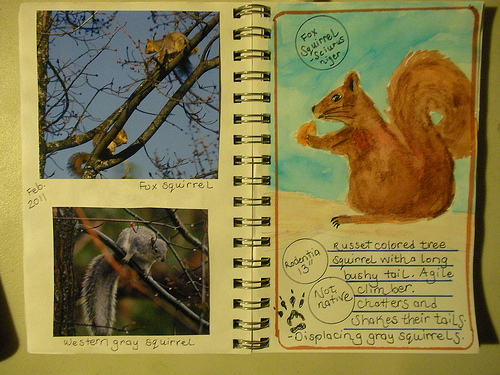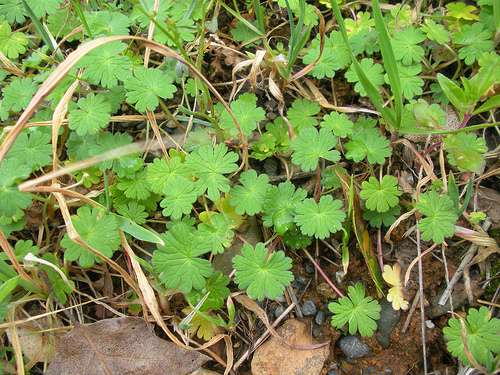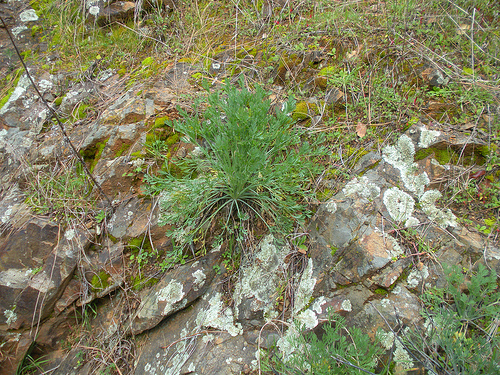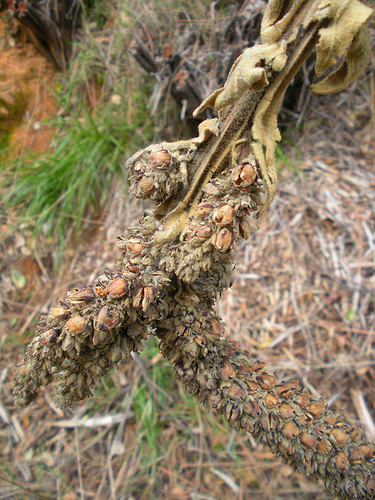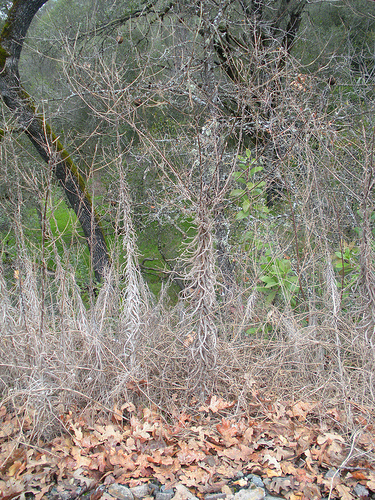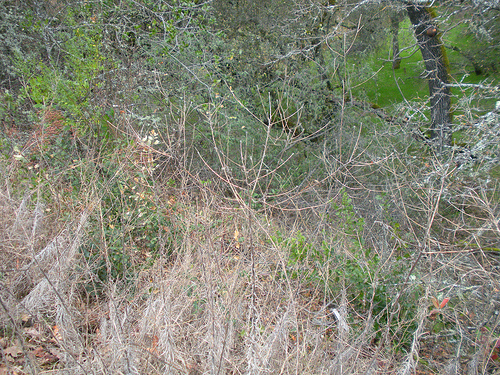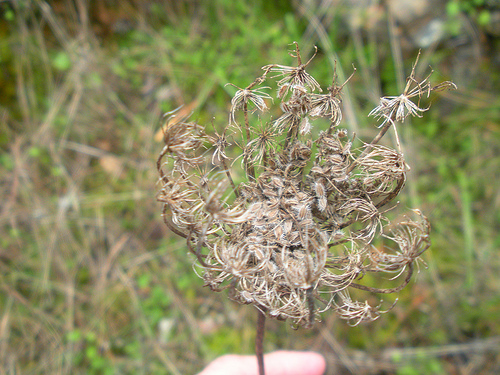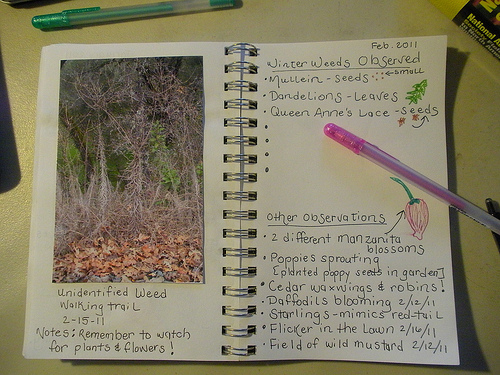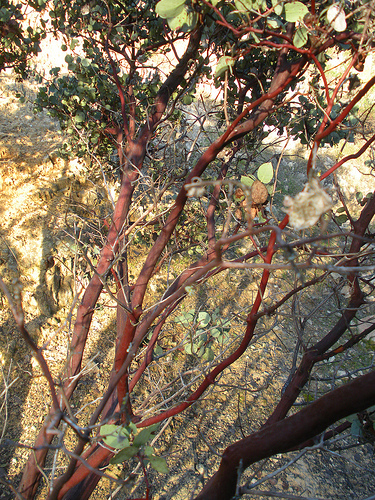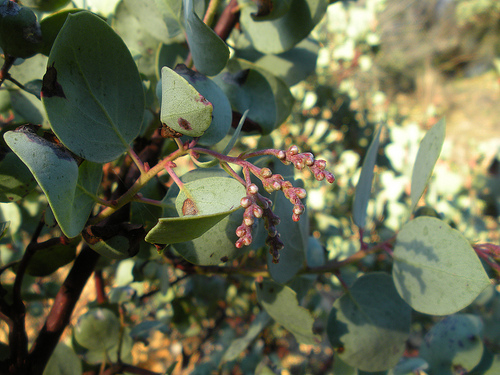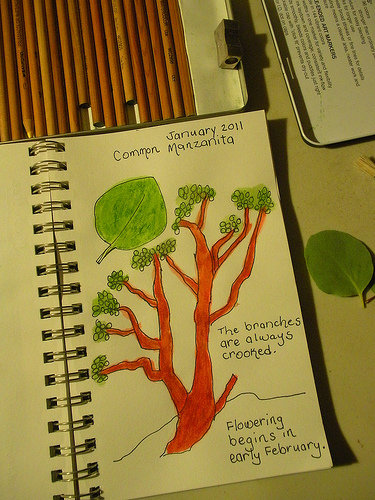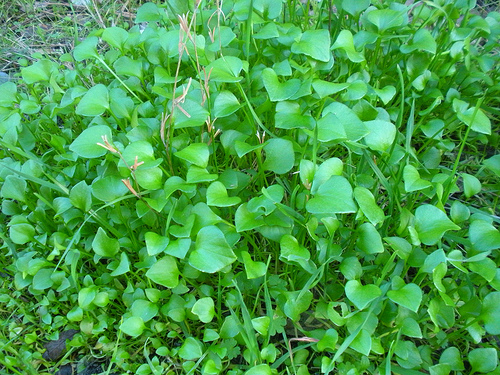What a wet month we had! Snow too! Our normal April is perhaps a little rainy but mostly sunny afternoons to work out in the garden. We have adjusted our planting schedule and we are hoping to get out there soon to put things in the ground.
April was full of spring nature study and the carnival will show how wonderful you are all doing at keeping your nature study going from season to season. I have included in this entry some images from our family’s nature journals from past years…some quite a long time ago. I hope to give you a variety of ideas to add some new life into your nature journals.
 |
| Nature Journals can be personal and humorous as well as informative. This was written after researching bees….I think the notebook page is from the set that goes with Apologia’s Flying Creatures. |
You don’t want to miss seeing this entry from Angie at Petra School. She and her son completed the Spring Observations of Queen Anne’s Lace. I love how her son’s personality comes out in his journals. I have watched my sons use humor and personal voice in their journals and these are the best entries to look back on years later. (I also never correct spelling in their nature journals.)
They didn’t find Queen Anne’s Lace but they did find bluebells! Read Shirley Ann’s entry to the carnival sharing their English countryside hike and spring weather: Nature’s Treasures in April. Don’t you just want to go and take the hike with them….old stone cottage and all!
Tricia took the challenge to go back to their spot for Queen Anne’s Lace. You can read about it in their entry, The Spring Time Hunt for Queen Anne’s Lace. I commented on her entry that I thought that this spring challenge was not so much to see the plant growing but to remind ourselves of the changes and stages that plants go through as they make their life cycle. This entry is full of great images…don’t miss it.
Jessy from Our Side of the Mountain shares their weather/clouds study with the carnival. Check out their entry Spring Weather and Clouds to see their homemade sundial, a great collection of weather related books, and some lovely images of clouds. Enjoyed seeing your study!
Want to see some more spectacular clouds? Angie from Petra School submits this entry, Exposure to Space, Rockets, and Weather to the carnival. The other wonderful thing about this entry is how Angie shares their nature journals progress….amazing both in skill and content. I love seeing how nature journals can transform our children into writers and artists. I appreciate your entry Angie.
Tornado Watch! I don’t think I ever imagined this scenario as I prepared this Outdoor Hour but Tricia and her family incorporated a real live tornado watch into their Spring Weather Observation Challenge. Read their account of the day and also read each child’s spring weather observations and thoughts. Thank you for sharing your crazy weather…so glad it all turned out fine.
Amy and her little ones share their Nature Study – Spring Weather post with carnival readers.With just a little preparation they had a full study, including learning about wind direction. Her children are learning to be so observant!
This is officially their Signs of Spring entry but I thought it would go nicely in the Spring Weather category. Ann from Harvest Moon by Hand has submitted their family’s Signs of Spring entry and I am surprised at how much snow and ice they still have even after April 1st. I love how their family adapts their challenges to fit their local habitat…don’t miss seeing their pheasant feathers! Thanks for sharing your entry with the carnival.
Makita shares on her blog, Academia Celestia,all about their trip to Northern California and their spring adventure in her carnival entry, Of Ticks and Trees. They discovered wildflowers and a couple really interesting things to learn about. I will let you read all about it over on her blog. Don’t miss seeing their nature journals.
 |
| As they learned to draw with a little 3-D perspective, I saw it transfer into their nature journals. |
Everyone can have their own tree to observe! This is what Ann and her girls are going to do this year as they start their Year-Long Tree Study. Read about their trees in their entry on Harvest Moon by Hand. They are doing so an awesome job on their nature journals…click over to take a peek.
It’s a new year and Tricia’s family shares their new Year-Long Tree Study subjects with blog carnival readers.They have two new tree friends to observe throughout the seasons and they got a good start with some observations for the nature journals.
Phyllis share two entries done by her son James as part of their Spring Tree Study. Don’t miss seeing both his photo essays – Spring Trees Through The Eyes of A 10 Year Old: Part 1 and Part 2. I loved seeing how nature study has awakened a love for the beauty in nature in one of our young participants. Thanks James! Wait, there is one more update: Part 3.
Angie from Petra School has decided that the fifteen minutes outdoors has become an obsession. I like to think of it as a really good habit since it is beneficial to you and to your family. The time taken outdoors is refreshing and as Angie shows in this entry, can lead to family passions. Please read her entry, Going Birdy.
Tricia, Hodgepodge Mom, share their family Spring Bird Observation entry with the carnival.There are so many great things about their bird study but my favorite is seeing the bluebirds getting ready to nest! Wonderful resources and great follow-up make this one entry not to miss. Thanks Hodgepodge Family!
Amy from The Teachable Heart has put together their young family’s bird entry for the carnival. They worked on learning some new bird calls for their backyard birds. Make sure to view their journal entries. I always enjoy reading how their family adapts the challenges to their little ones.
 |
| This entry was in response to learning how our local pond habitat supports different kinds of life. I love the way my son represents the different elements…plus the lettering is fun! |
Ann and her girls share their cattail adventure in their entry Year-Long Cattail Study on Harvest Moon by Hand. They did an excellent study with a dissection, sketching and recording their thoughts in their nature journals. Thank you so much for sharing your cattails….now to see what happens in the summer!
Cattails and eggs! Angie and her sons found a great subject while on a quest for cattails. In their Spring Cattails entry they share their thoughts on how this year’s cattails compare to last year’s. I love seeing how these year-long studies help us to learn so much more about our local habitats. I really enjoyed this entry and I know carnival readers will too.
Hope you enjoyed the carnival and were inspired to get outdoors this month and join all of us in our nature study adventures. I look forward to seeing all the May entries. Here is where you can submit your entries: Outdoor Hour Challenge Blog Carnival.














